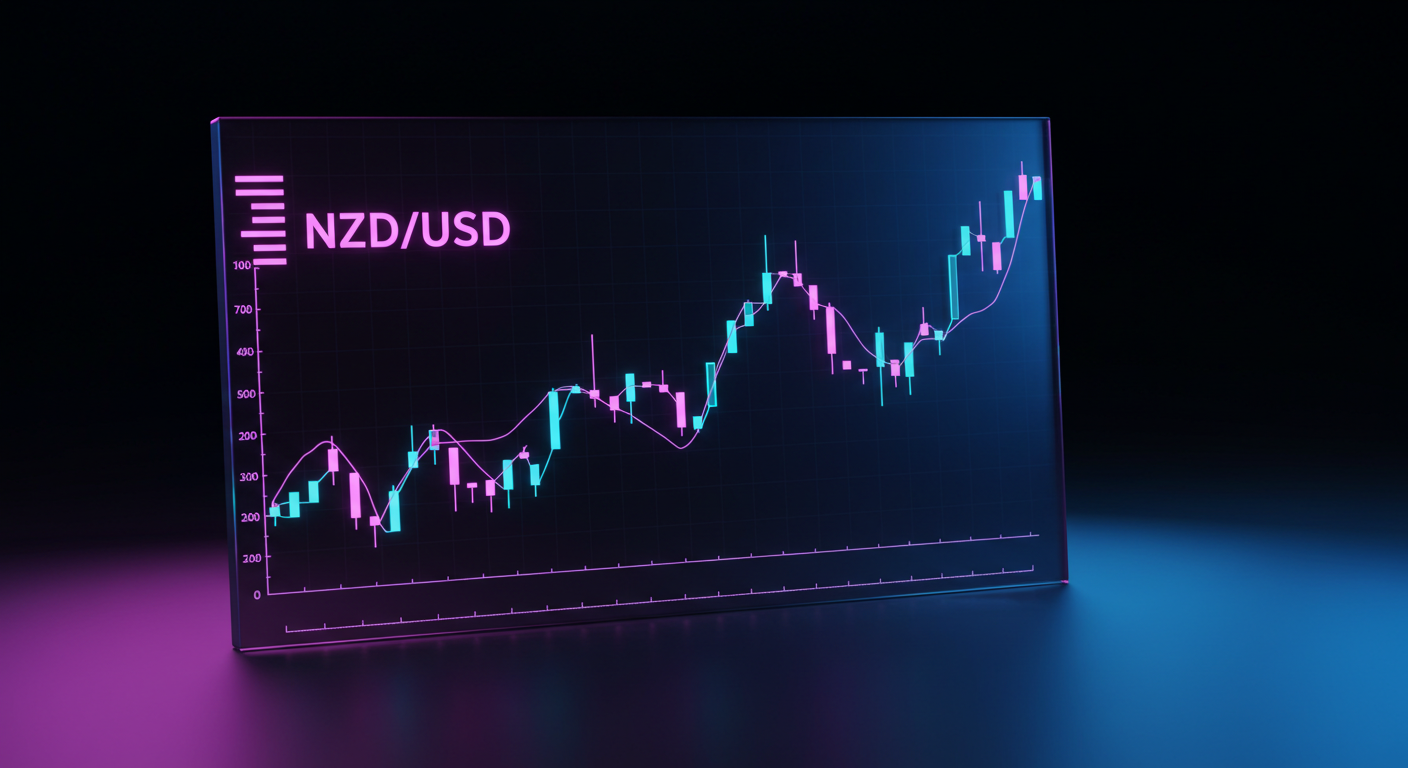Bitcoin has reached approximately US$104,000, showcasing an increase in value. This rise reflects the growing interest in cryptocurrency, as it continues its upward trend.
Since January, Bitcoin’s value hovered with little change, but conditions improved from April onwards. Recent reports indicate El Salvador has made new Bitcoin purchases, underlining the nation’s enthusiasm for the cryptocurrency.
This recent surge to around US$104,000 marks one of Bitcoin’s strongest performances this year. Even though price levels appeared to stagnate during the first quarter, April initiated a period of more consistent buyer activity. Pricing pressure shifted upward on the back of institutional re-entry and continued buying from sovereign actors, confirming broader confidence in the asset.
Bukele’s latest direct acquisition adds further momentum to an already bullish environment. By continuing to hold and even increase reserves, the administration reinforces its position as a long-term participant rather than a short-term speculator. These moves are not isolated, as data suggests increased movement across spot exchanges, with higher net inflows matching price acceleration.
For now, implied volatility has remained relatively measured, which indicates that options traders are not yet anticipating deep corrections, at least in the short horizon. Futures markets have also seen open interest creep up alongside funding rates that stayed flat – behaviour typically observed when traders lean long but not overleveraged. That remains helpful context for us navigating hedges and directional trades alike.
We’ve also noted a steady uptick in institutional-grade custody flows, as wallet activity from larger holders strengthens. These wallets tend to behave more patiently, often scaling into positions during breakout periods and leading trends when smaller participants remain cautious. With the spot exchange-traded funds in the US still supporting net inflows, catch-up positioning from passive investors continues to absorb supply as well.
In the coming sessions, risk management should take cues not only from price movements but from the underlying health of perp markets. Funding metrics holding near neutral, even as price climbs, gives us room to operate without concern of overheated conditions just yet. Should leverage get more aggressive or skew levels lean excessively to one side, pairing short gamma or reducing exposure on duration-heavy bets may become more prudent.
We find that while the upward movement appears orderly for now, any turbulence would likely originate from a sharp turn in broader macro data or unscheduled regulatory developments, rather than from within the crypto markets themselves. That makes short-term sentiment less reliant on internal catalysts. Watching positioning through options open interest ratios and delta-adjusted flows allows us to better spot participant imbalances.
Outside of Bitcoin, we’re seeing some spill-over into correlated majors, albeit still with reduced conviction. ETH-BTC cross remains one to monitor, as capital does not appear to be rotating strongly within the top ten assets for the time being. We prefer leaning into trades where capital flow is most visible, and selling volatility where premiums do not reflect realised movement.
Ultimately, price has room to extend, but awareness of crowding and possible position exhaustion in leveraged markets could reward more nimble rebalancing and refreshed strike selection on both sides of the book.











